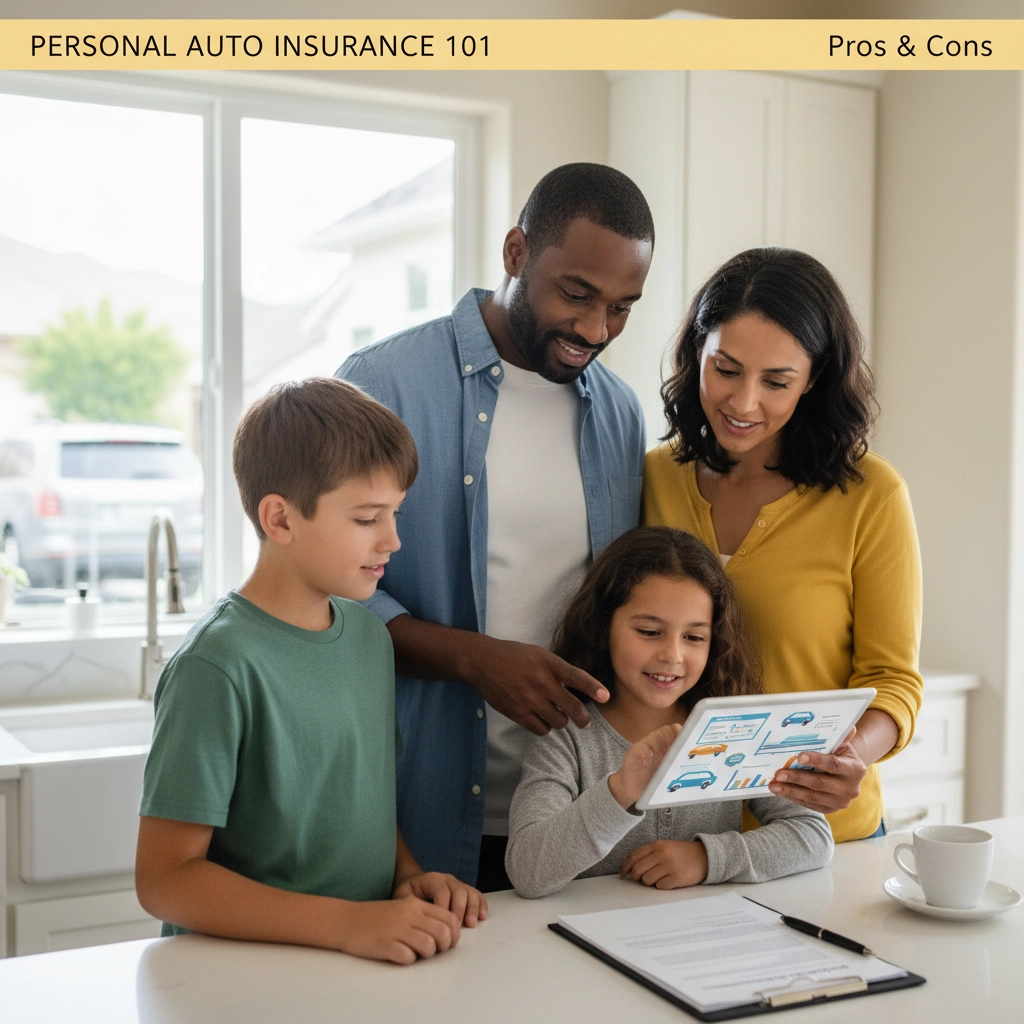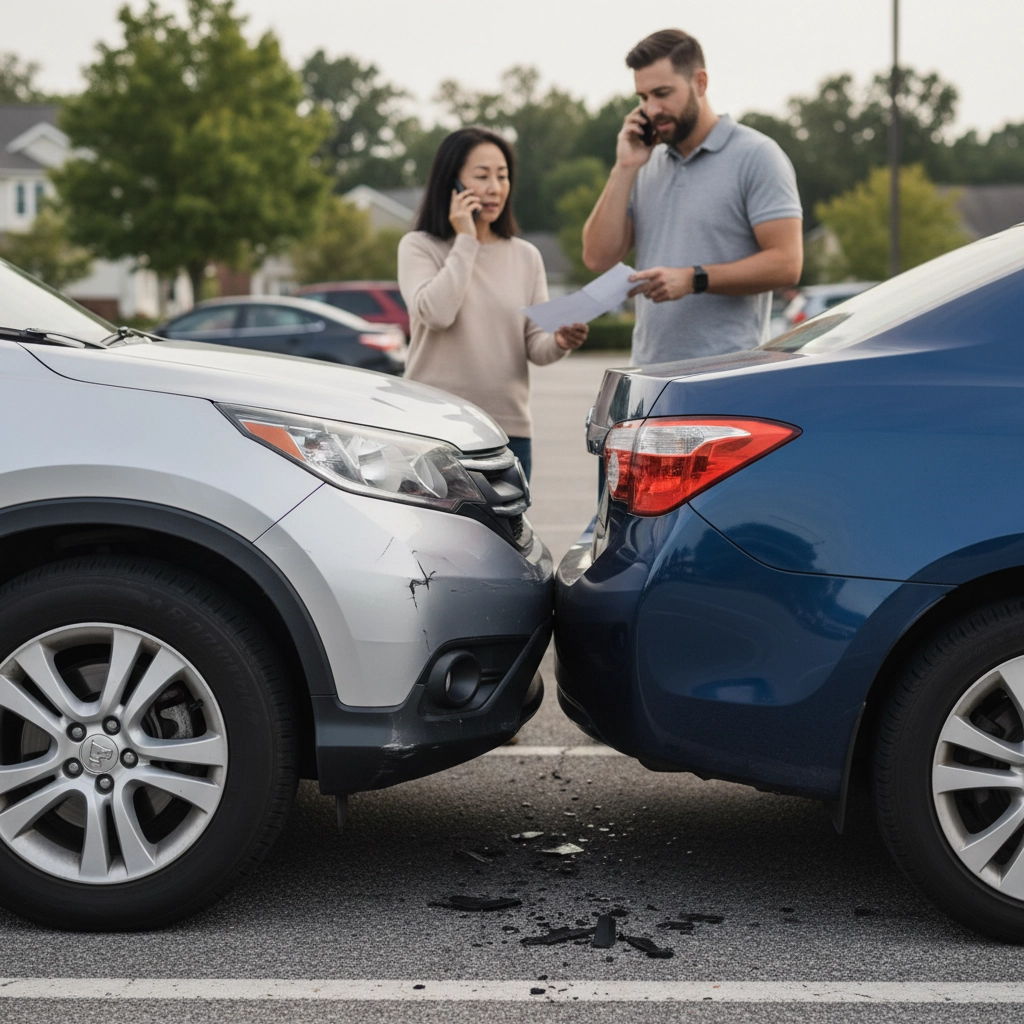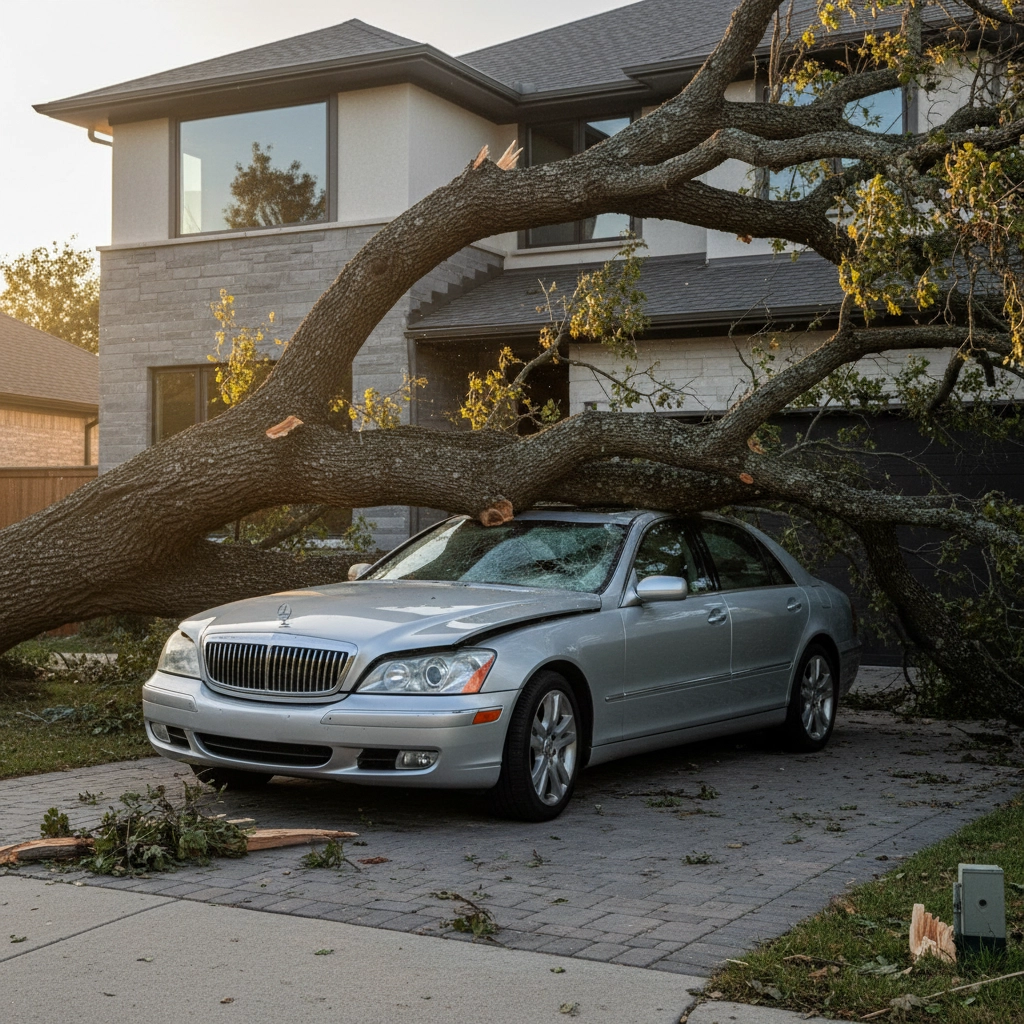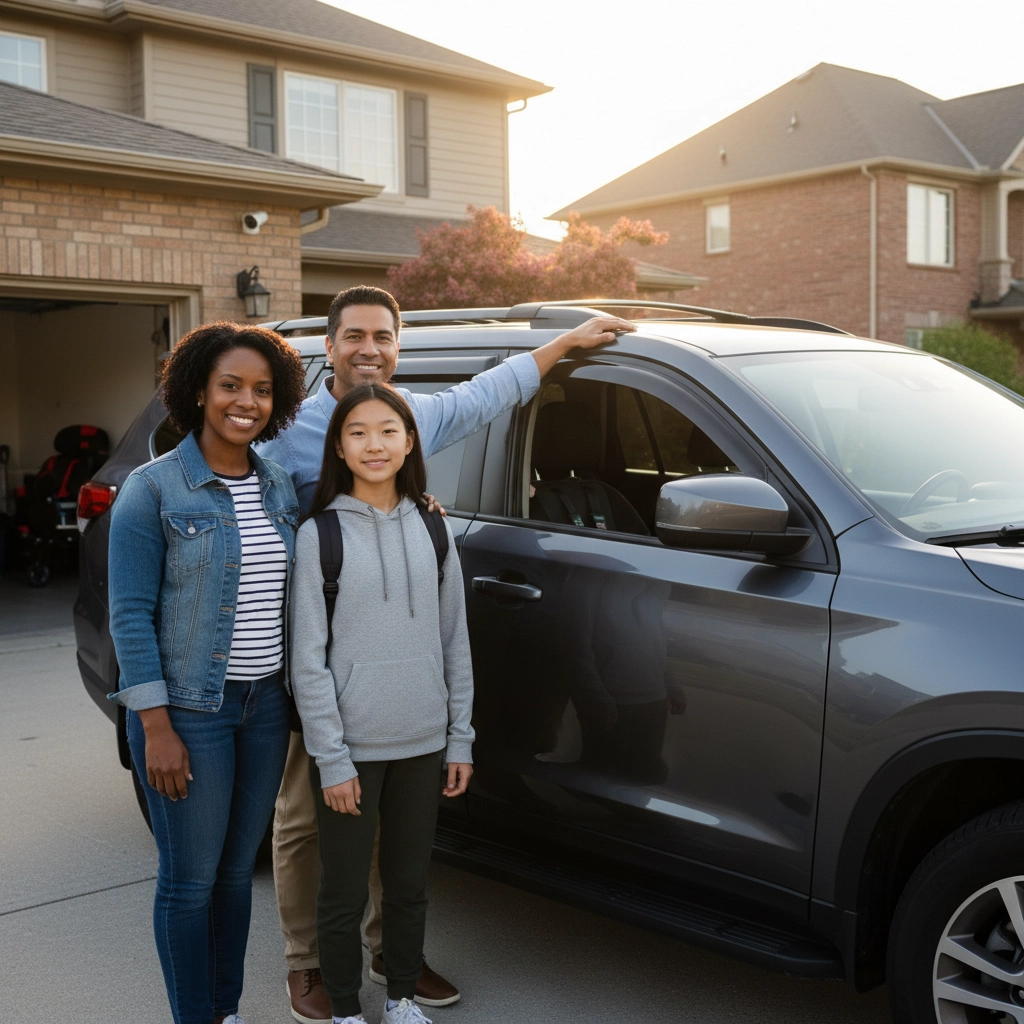Personal Auto Insurance 101: How to Structure the Perfect Coverage, Pros & Cons

Navigating the world of personal auto insurance can feel overwhelming, but understanding your coverage options is essential for protecting yourself, your family, and your financial future. At Borde & Associates, we've been helping families structure comprehensive auto insurance protection for over a decade now, and we're here to guide you through everything you need to know about building the perfect coverage plan.
Understanding Personal Auto Insurance Basics
Personal auto insurance serves as your financial shield against the unexpected costs that come with vehicle ownership. Whether you're facing a minor fender-bender or a major collision, having the right coverage ensures you won't face devastating out-of-pocket expenses that could impact your family's financial stability.
Your auto insurance policy isn't just a legal requirement: it's a comprehensive protection plan that safeguards your assets, covers medical expenses, and provides peace of mind every time you get behind the wheel. We have you covered with expert guidance to help you understand exactly what each coverage component does and why it matters for your specific situation.

Essential Coverage Components You Need to Know
Liability Coverage: Your Foundation
Liability coverage forms the cornerstone of every auto insurance policy and is required in virtually all states. This essential protection splits into two critical areas that work together to protect your financial future.
Bodily injury liability helps protect you financially if you're found legally responsible for causing injury to another person in an accident. This coverage handles medical expenses, lost wages, pain and suffering, and legal fees if you're sued. We recommend carrying much higher limits than your state's minimum requirements: typically $100,000 per person and $300,000 per accident.
Property damage liability covers damages to another person's property, including their vehicle, buildings, fences, or other structures. With today's expensive vehicles and repair costs, we suggest minimum limits of $50,000 to $100,000 for adequate protection.
Collision Coverage: Protecting Your Investment
Collision coverage steps in when your vehicle suffers damage from an accident with another driver or an encounter with fixed objects like guardrails, trees, or potholes. Your insurer assesses the damages and pays for repairs up to your vehicle's actual cash value, minus your chosen deductible.
This coverage proves invaluable regardless of who's at fault in an accident. Whether you slide into another car during icy conditions or someone rear-ends you at a traffic light, collision coverage ensures your vehicle gets repaired without depleting your savings.

Comprehensive Coverage: Beyond Collisions
Comprehensive coverage protects against non-collision events that can damage or destroy your vehicle. This includes theft, fire, vandalism, weather damage, falling objects, and animal strikes. Living in areas prone to severe weather, hail damage, or high theft rates makes this coverage particularly valuable.
We often see families surprised by comprehensive claims: a deer running into the road, a tree branch falling during a storm, or vandalism in a parking lot. These unpredictable events happen more frequently than you might expect, making comprehensive coverage a wise investment for protecting your vehicle.
Additional Protection Layers for Complete Security
Uninsured and Underinsured Motorist Coverage
Unfortunately, not everyone carries adequate insurance coverage. Uninsured motorist coverage protects you when an at-fault driver has no insurance, while underinsured motorist coverage kicks in when their limits are insufficient to cover your damages.
This coverage helps pay for medical expenses, lost wages, pain and suffering, and property damage when the responsible party cannot adequately compensate you. In many states, a significant percentage of drivers operate without proper insurance, making this protection essential for your family's financial security.
Personal Injury Protection (PIP) and Medical Payments
Personal Injury Protection provides comprehensive medical coverage that extends beyond basic accident scenarios. PIP covers medical bills, lost wages, and essential services like childcare for you and your passengers, regardless of who caused the accident.
Medical payments coverage offers similar benefits but typically focuses specifically on medical and funeral expenses. If you have excellent health insurance, you might not need extensive PIP coverage, but it still provides valuable protection for passengers and situations your health plan might not cover.

Structuring Your Perfect Coverage Plan
Creating optimal auto insurance coverage requires balancing comprehensive protection with manageable costs. We work with families every day to find this sweet spot, ensuring you have adequate protection without overpaying for unnecessary coverage.
Start with Strong Liability Limits
Your liability coverage should reflect your assets and earning potential. If you have significant savings, home equity, or high income, you need higher liability limits to protect these assets from potential lawsuits. We typically recommend liability limits of 100/300/100 ($100,000 per person for bodily injury, $300,000 per accident, and $100,000 for property damage) as a starting point.
Choose Deductibles Wisely
Your deductible directly impacts your premium costs and out-of-pocket expenses during a claim. Higher deductibles mean lower monthly premiums, but you'll pay more when filing a claim. Consider your emergency fund and choose a deductible you can comfortably afford if you need to file a claim.
We generally recommend deductibles between $500 and $1,000 for most families, balancing premium savings with manageable out-of-pocket costs.
Evaluate Your Vehicle's Value
For older vehicles with lower market values, collision and comprehensive coverage might not provide good value. If your vehicle is worth less than $3,000-$4,000, consider whether the annual premium costs justify the potential claim payout after your deductible.

Pros and Cons of Different Coverage Options
Liability Coverage
Pros: Required by law, protects your assets from lawsuits, covers others' medical expenses and property damage, relatively affordable for basic limits
Cons: Doesn't cover your own vehicle damage or medical expenses, minimum state requirements often inadequate for full protection
Collision Coverage
Pros: Covers your vehicle regardless of fault, provides peace of mind for newer vehicles, helps maintain transportation reliability
Cons: Adds to premium costs, requires deductible payment, may not be cost-effective for older vehicles
Comprehensive Coverage
Pros: Protects against unpredictable events beyond your control, covers theft and vandalism, essential for leased or financed vehicles
Cons: Additional premium expense, may not justify cost for vehicles with low market value, still requires deductible
Uninsured/Underinsured Motorist
Pros: Essential protection against uninsured drivers, covers medical expenses and property damage, relatively inexpensive coverage
Cons: Adds to overall premium cost, may duplicate some health insurance benefits
PIP and Medical Payments
Pros: Covers medical costs regardless of fault, helps with immediate expenses, covers passengers and family members
Cons: May duplicate existing health insurance coverage, not required in all states, adds to premium costs
Smart Optimization Strategies
Successfully structuring auto insurance requires regular review and adjustment as your circumstances change. We recommend evaluating your coverage annually and after major life events like purchasing a new vehicle, moving, getting married, or experiencing significant changes in income or assets.
Bundle for Savings: Combining your auto insurance with homeowners, renters, or other insurance policies often provides significant discounts while simplifying your insurance management.
Shop and Compare: Insurance costs vary significantly between companies for identical coverage. We work with multiple carriers to ensure you receive competitive rates without sacrificing coverage quality.
Take Advantage of Discounts: Most insurers offer various discounts for safe driving records, multiple vehicles, safety features, and defensive driving courses. Make sure you're receiving all applicable discounts.

Making the Right Choice for Your Family
The perfect auto insurance structure balances comprehensive protection against potential financial losses with manageable premium costs. Your ideal coverage depends on factors including vehicle value, financial resources, driving habits, family size, and risk tolerance.
At Borde & Associates, we understand that every family's insurance needs are unique. We take time to understand your specific situation, explain your options clearly, and help you make informed decisions that provide security and financial protection for years to come.
Don't leave your family's financial security to chance. Contact us today to review your current auto insurance coverage or get quotes for new protection. We're proud to serve our community with personalized insurance solutions that give you confidence on the road and peace of mind at home.
Visit https://www.baapa.us/pc.php
#AutoInsurance #CarInsurance #PersonalAutoInsurance #AutoCoverage #InsuranceTips #AutoInsurance101 #CarInsuranceTips #AutoProtection #VehicleInsurance #InsuranceAdvice #AutoPolicy #CarCoverage #InsuranceGuide #AutoInsuranceQuotes #CarInsuranceGuide #InsuranceBasics #AutoInsuranceHelp #PersonalInsurance #InsurancePlanning #AutoInsuranceOptions

No comments:
Post a Comment